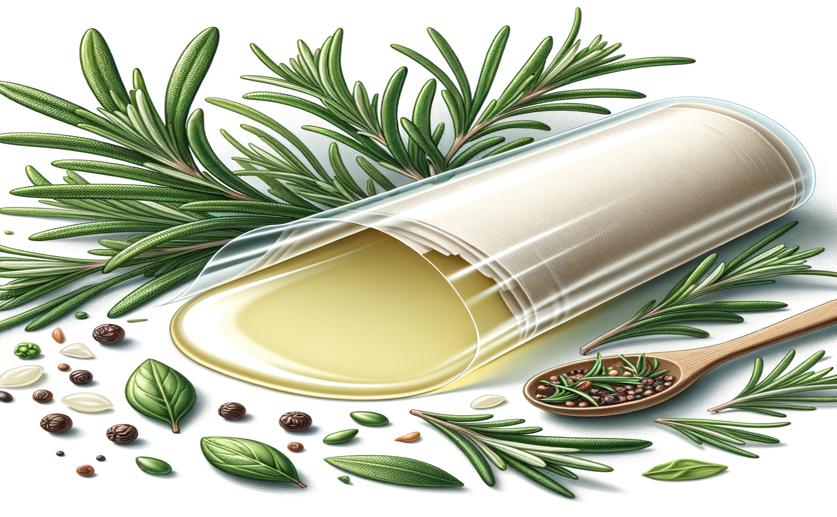
Natural Biodegradable Films with Rosemary Oil for Future Food Packaging
Jenn Hoskins
3rd June, 2024

Image Source: Natural Science News, 2024
Key Findings
- Researchers at the University of Kashmir developed bionanocomposite films with rosemary essential oil (REO) for food packaging
- The films became more water-resistant, stronger, and more flexible with REO
- The films showed improved antimicrobial and antioxidant properties, protecting food from spoilage
References
Main Study
1) Chitosan, gelatin and pectin based bionanocomposite films with rosemary essential oil as an active ingredient for future foods.
Published 31st May, 2024
https://doi.org/10.1016/j.ijbiomac.2024.132813
Related Studies
2) Preparation of antimicrobial and antioxidant gelatin/curcumin composite films for active food packaging application.
3) Bio-Nanocomposite Based on Edible Gelatin Film as Active Packaging from Clarias gariepinus Fish Skin with the Addition of Cellulose Nanocrystalline and Nanopropolis.



 20th January, 2024 | David Palenski
20th January, 2024 | David Palenski